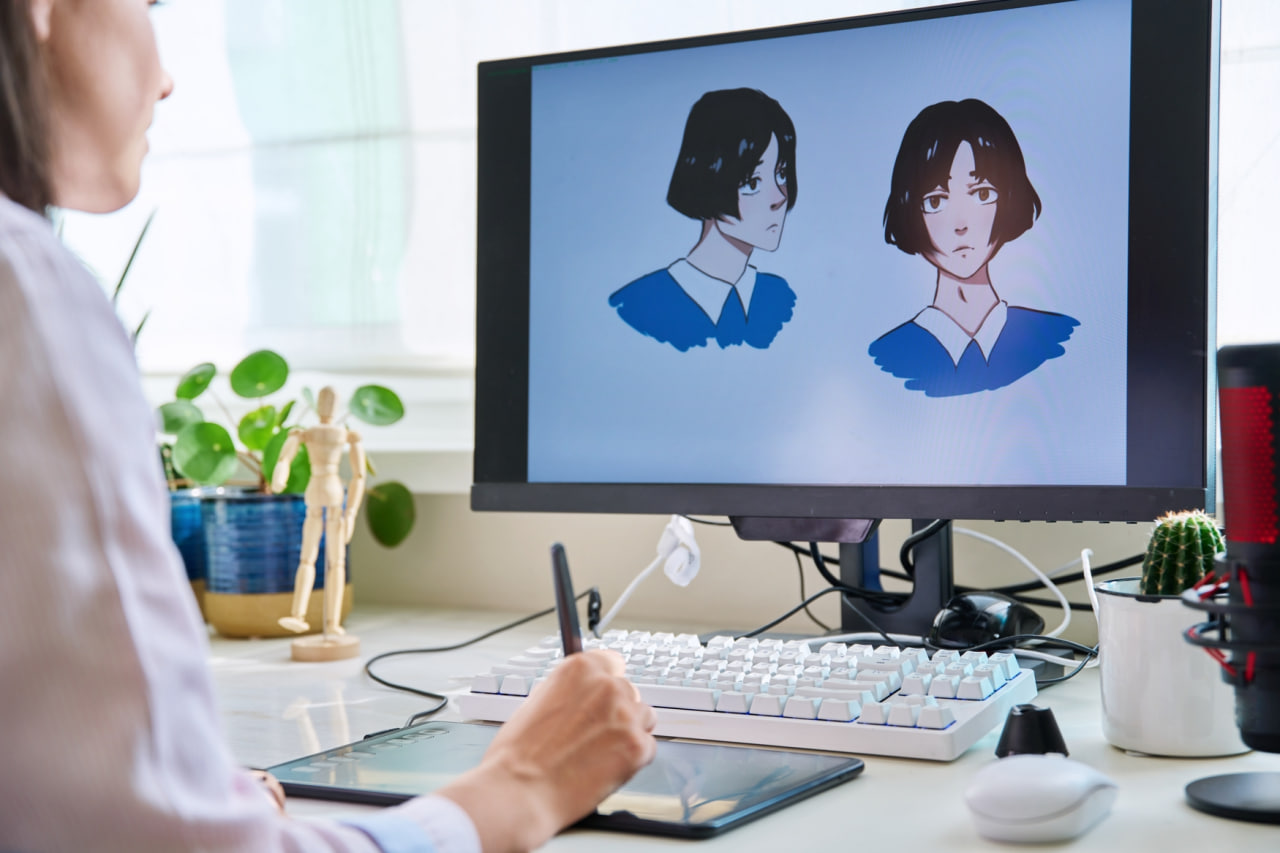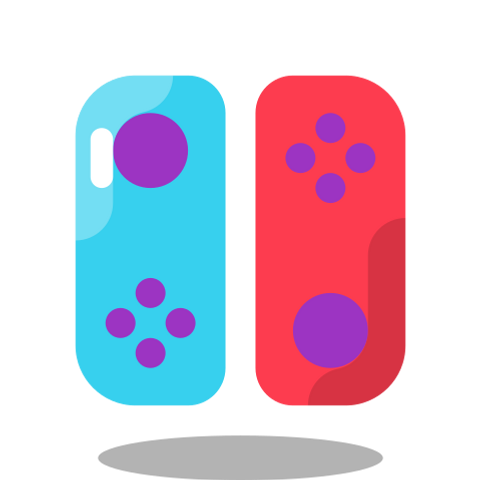Beautiful Plants For Your Interior

The gaming industry is constantly evolving, and with it, the art styles and illustration techniques that define the player experience. Each year brings new visual approaches shaped by technology, culture, and creative experimentation. For aspiring and professional game artists alike, staying updated with current trends is essential to remain competitive and relevant. This year has introduced exciting directions in game art that highlight innovation, diversity, and storytelling.
Stylized Realism
Stylized realism continues to be a dominant trend in game art. Instead of replicating the real world with perfect accuracy, artists blend realistic proportions and textures with stylized shapes, exaggerated details, or vibrant color palettes. This approach strikes a balance between immersion and artistry, allowing games to stand out while still feeling believable. Stylized realism is particularly popular in both AAA titles and indie projects where developers aim to create a unique aesthetic identity.
Hand-Painted and Painterly Aesthetics
The demand for hand-painted textures and painterly visuals has grown significantly. Games that adopt this style often look like moving pieces of artwork, with brushstrokes and traditional art influences shaping the environments and characters. This trend appeals to players who value craftsmanship and artistic charm over hyper-realism. Digital tools like Photoshop, Procreate, and 3D software with hand-painted textures have made this style accessible to a wider range of artists.
Minimalist and Clean Design
Minimalism has found its way into modern game illustration, particularly in indie games and mobile titles. Simple shapes, clean lines, and reduced color palettes create clarity while focusing attention on gameplay. Minimalist designs are not only aesthetically pleasing but also functional, ensuring that players can easily navigate and understand visual cues. This approach is especially popular in puzzle games, casual experiences, and narrative-driven projects.
Character-Centric Illustrations
Games are increasingly emphasizing characters as the focal point of illustration. Whether through promotional artwork, concept art, or in-game visuals, characters serve as the emotional and narrative anchors for players. This has led to a surge in detailed character design, expressive concept sketches, and dynamic poses. Strong character illustrations can define the identity of a game and make it memorable in a crowded market.
Diversity in Artistic Styles
Representation and diversity have become major themes in game art. Artists are exploring different cultural influences, design traditions, and visual languages to create inclusive worlds. This has resulted in games that reflect global aesthetics, borrowing from traditional art forms, folklore, and contemporary cultural movements. For illustrators, this trend offers opportunities to experiment with fresh visual perspectives and broaden their creative horizons.
Integration of 2D and 3D Elements
A hybrid of 2D and 3D illustration is emerging as a popular style. Many games now combine hand-drawn or painted visuals with 3D models to achieve a unique look. This approach leverages the depth and flexibility of 3D while maintaining the charm and expressiveness of 2D art. Tools like Blender and Unity make it easier for illustrators to collaborate with 3D artists and bring these hybrid styles to life.
Motion and Interactive Illustrations
With the rise of interactive media, static illustrations are evolving into animated or interactive visuals. Character portraits that respond to player actions, dynamic cutscene artwork, and motion-infused UI elements are becoming common in modern games. This trend requires illustrators to think beyond still images, considering how their designs can move, react, and engage players dynamically.
Sustainability and Eco-Inspired Art
Another subtle but growing trend is eco-inspired design, where game visuals draw inspiration from natural environments, organic shapes, and sustainable aesthetics. This direction reflects global awareness of environmental issues and translates them into calming, nature-focused art styles. For illustrators, it encourages exploration of color palettes, textures, and patterns rooted in the natural world.
